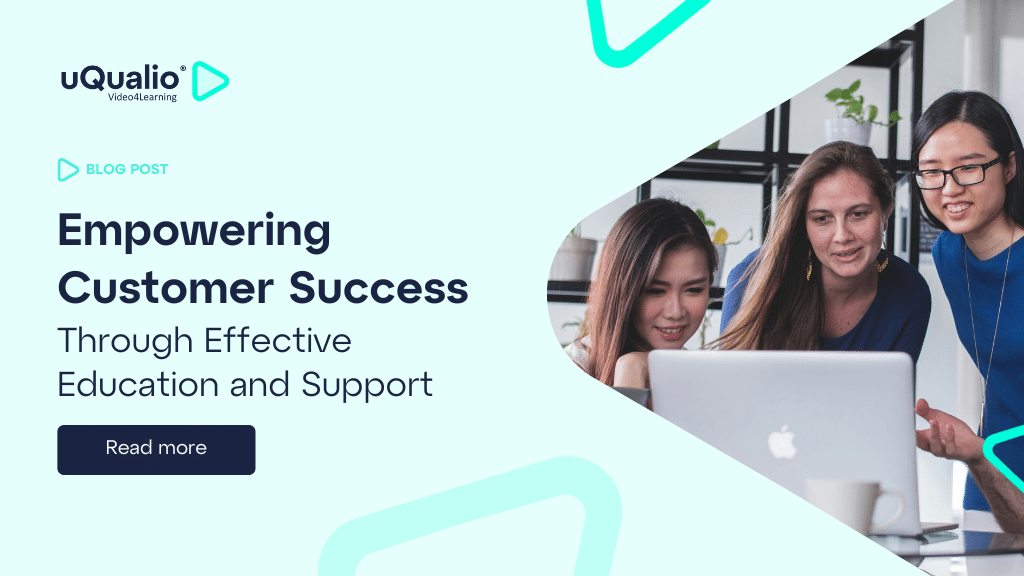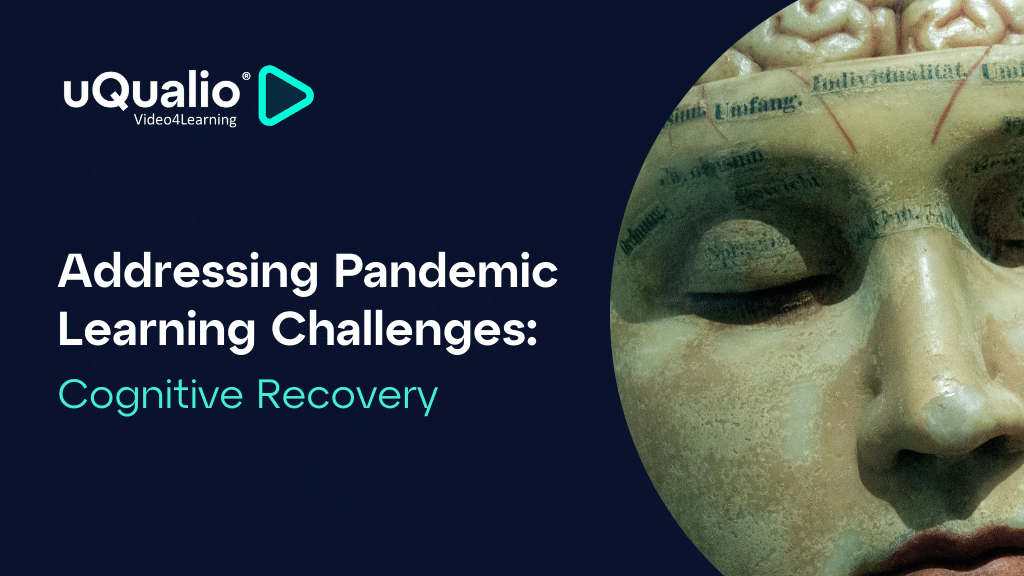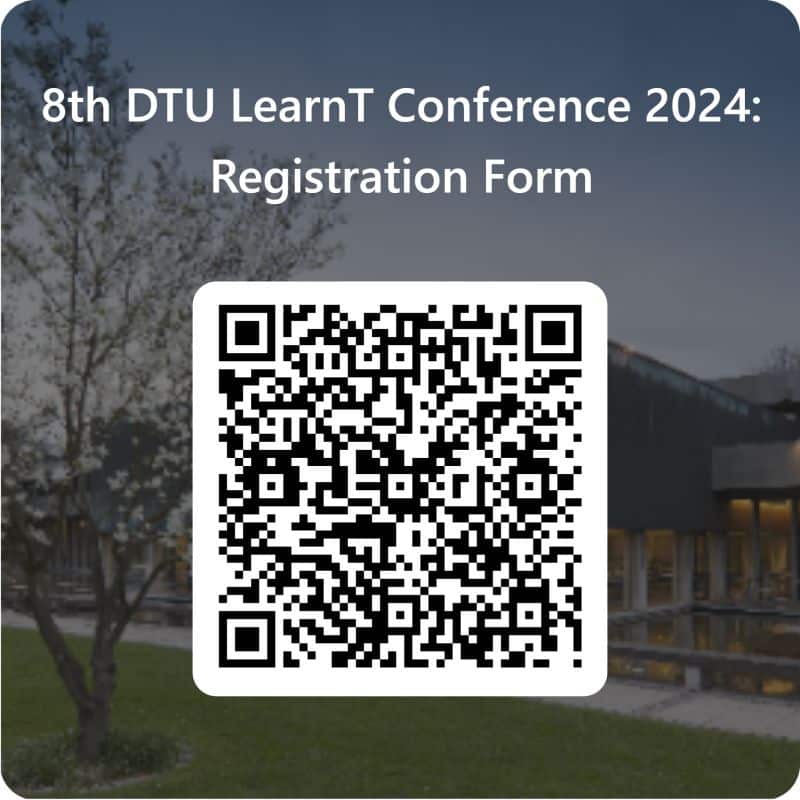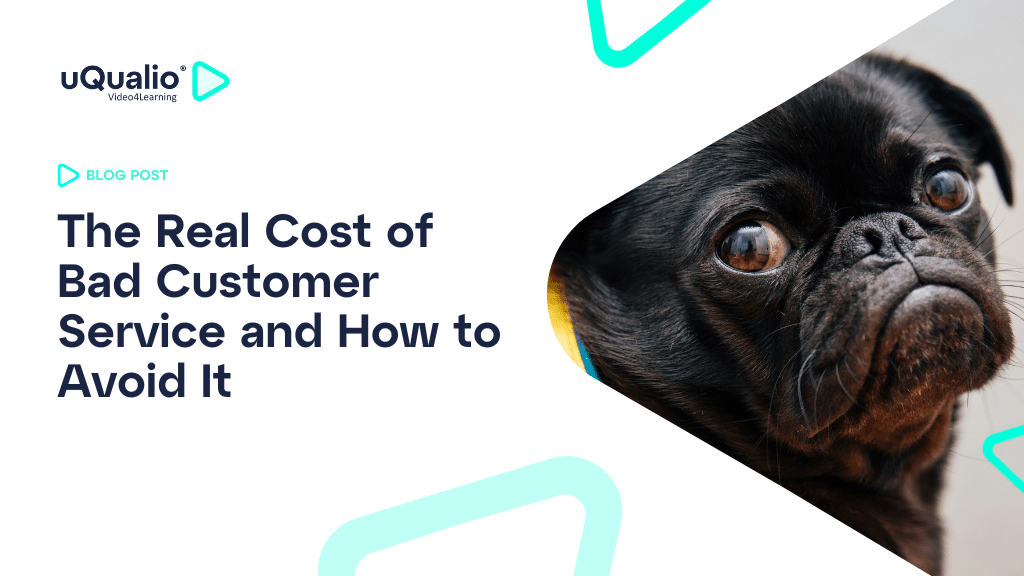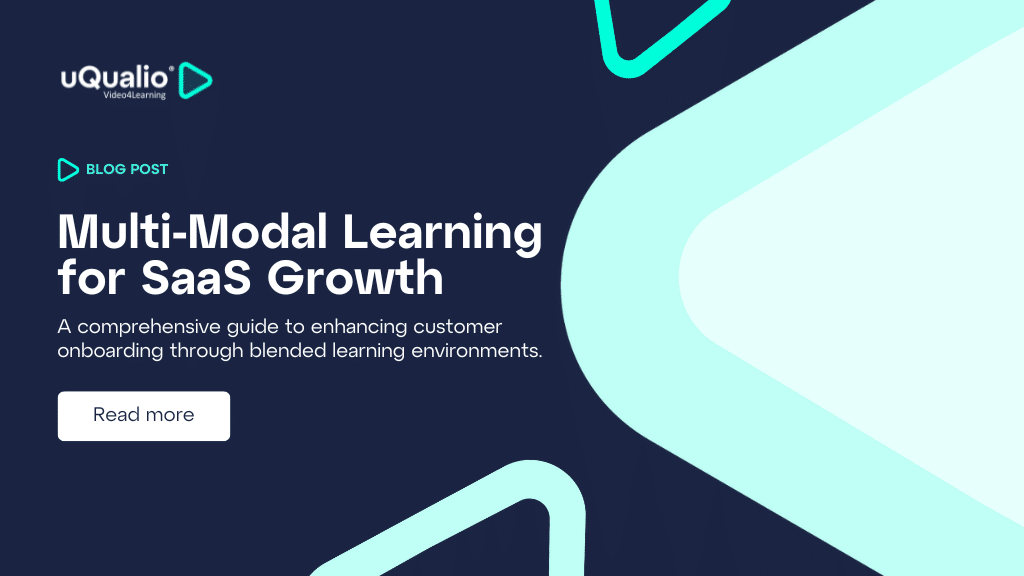Understanding Customer Churn: The Silent Killer of Business Growth
Customer churn, often referred to as customer attrition, is the phenomenon where customers stop doing business with a company over a given period. It is a critical metric for businesses to monitor because it directly impacts revenue and growth. High churn rates can be detrimental, leading to significant losses in revenue and increased costs associated with acquiring new customers to replace those who have left.
Understanding the reasons behind customer churn is essential for developing effective strategies to mitigate it. Common causes of churn include poor customer service, lack of product value, and inadequate customer education. When customers do not fully understand how to use a product or service, they are more likely to become frustrated and seek alternatives. This is where customer education becomes a pivotal tool in reducing churn.
Research indicates that improving customer retention by just 5% can increase profits by 25% to 95% (Harvard Business Review). This statistic underscores the importance of focusing on customer retention strategies, including robust customer education programs. By educating customers effectively, businesses can ensure that their customers are well-informed, satisfied, and more likely to remain loyal.
Moreover, customer churn is not just a financial issue; it also affects brand reputation. High churn rates can signal to the market that a company is struggling to meet customer needs, which can deter potential customers. Therefore, addressing churn through comprehensive customer education can enhance both customer satisfaction and brand perception.
In summary, understanding customer churn is the first step in combating it. By identifying the root causes and implementing targeted customer education programs, businesses can significantly reduce churn rates, thereby fostering long-term growth and stability.
Why Customer Education is the Key to Reducing Churn
Customer education is a powerful tool in the fight against churn. When customers are well-informed about how to use a product or service, they are more likely to derive value from it, leading to higher satisfaction and loyalty. A well-structured customer education program can address common pain points, reduce frustration, and enhance the overall user experience. This proactive approach not only helps in retaining customers but also turns them into advocates for your brand.
One of the primary reasons customers leave is because they do not fully understand how to use a product or service. This lack of understanding can lead to frustration and dissatisfaction. By providing comprehensive education through various formats such as video tutorials, webinars, and interactive guides, businesses can ensure that customers are equipped with the knowledge they need to succeed. For instance, uQualio’s video learning platform offers an engaging and accessible way to deliver customer education, making it easier for users to grasp complex concepts and functionalities.
Moreover, customer education can significantly reduce the burden on customer support teams. When customers have access to self-service educational resources, they are less likely to reach out for support, thereby reducing the volume of support tickets and allowing the support team to focus on more complex issues. This not only improves operational efficiency but also enhances the customer experience by providing timely and relevant information. According to a study by the Technology Services Industry Association (TSIA), companies that invest in customer education see a 6% increase in customer satisfaction and a 5% reduction in support costs.
In summary, customer education is a critical component of any customer retention strategy. By empowering customers with the knowledge they need to use your product or service effectively, you can reduce churn, improve satisfaction, and build a loyal customer base. Investing in a robust customer education program, such as those offered by uQualio, can yield significant long-term benefits for your business.
Overcoming Common Challenges in Implementing Customer Education Programs
Implementing a customer education program can be a game-changer for reducing churn and keeping your best customers engaged. However, it comes with its own set of challenges that businesses must navigate to ensure success. One of the most common hurdles is the initial setup and resource allocation. Developing comprehensive educational content requires time, expertise, and financial investment. Companies often struggle to allocate the necessary resources without disrupting other critical operations.
Another significant challenge is ensuring the content remains relevant and up-to-date. Products and services evolve, and so should the educational materials. This requires a continuous effort to update and refine the content, which can be resource-intensive. Additionally, businesses must consider the diverse learning preferences of their customer base. Some customers may prefer video tutorials, while others might find interactive guides or webinars more effective. Catering to these varied preferences can complicate the content creation process.
Engagement is another critical factor. Even the most well-crafted educational content can fall flat if customers are not motivated to engage with it. Gamification elements such as quizzes, badges, and certificates can enhance engagement, but they must be thoughtfully integrated to avoid feeling gimmicky.
Finally, measuring the effectiveness of the customer education program can be challenging. Businesses need robust analytics to track engagement, completion rates, and the impact on customer satisfaction and retention. Without these insights, it’s difficult to identify areas for improvement and demonstrate the program’s ROI. Platforms like uQualio offer detailed analytics and reporting features, making it easier to monitor and optimize your customer education efforts.
In summary, while implementing a customer education program presents several challenges, they are not insurmountable. By allocating the right resources, keeping content up-to-date, catering to diverse learning preferences, and leveraging engagement tools and analytics, businesses can overcome these obstacles and create a successful customer education program that significantly reduces churn.
Identifying Knowledge Gaps: Where Your Customers Need Support
Identifying knowledge gaps is a crucial step in developing an effective customer education program. These gaps represent areas where customers lack the necessary information or skills to fully utilize your product or service. Addressing these gaps can significantly reduce churn by ensuring that customers feel confident and competent in their usage. But how do you pinpoint these knowledge gaps?
One effective method is to analyze customer support interactions. By reviewing common questions and issues raised in support tickets, you can identify recurring themes that indicate areas where customers struggle. For instance, if a significant number of customers are asking about a particular feature, it may suggest that the existing educational materials are insufficient or unclear. This data-driven approach allows you to tailor your educational content to address the most pressing needs of your customer base.
Another valuable source of insight is customer feedback. Surveys, reviews, and direct feedback can provide a wealth of information about where customers feel they need more support. Tools like Net Promoter Score (NPS) surveys can help gauge overall satisfaction and highlight specific areas for improvement. Additionally, engaging with customers through forums or social media can offer real-time insights into their challenges and needs.
Utilizing analytics from your customer education platform can also be highly beneficial. Platforms like uQualio offer detailed analytics that tracks engagement, completion rates, and user performance. These metrics can help you identify which educational materials are most effective and where users are dropping off. By continuously monitoring and analyzing this data, you can make informed decisions about where to focus your educational efforts.
In summary, identifying knowledge gaps involves a combination of analyzing support interactions, gathering customer feedback, and leveraging platform analytics. By understanding where your customers need the most support, you can create targeted educational content that addresses these gaps, ultimately reducing churn and enhancing customer satisfaction.
How to Implement Effective Customer Education Programs
Implementing an effective customer education program requires a strategic approach that combines thorough planning, resource allocation, and continuous improvement. The first step is to define clear objectives for your program. What do you want to achieve? Whether it’s reducing churn, improving customer satisfaction, or increasing product adoption, having specific goals will guide your efforts and help measure success.
Next, develop a comprehensive content plan. Identify the key topics that need to be covered and the best formats to deliver this information. Video-based training is highly effective, as it caters to modern learning preferences and enhances retention. Platforms like uQualio offer an intuitive video learning platform that makes it easy to create and distribute engaging educational content. Consider incorporating various formats such as tutorials, webinars, and interactive guides to cater to different learning styles.
Resource allocation is crucial. Ensure you have the necessary tools, budget, and personnel to develop and maintain your customer education program. This includes content creators, subject matter experts, and technical support. Investing in robust customer education software like uQualio can streamline the process, offering features such as video creation, gamification, and detailed analytics.
Engagement is key to the success of your program. Use gamification elements like quizzes, badges, and certificates to motivate and reward customers. Additionally, provide multiple touchpoints for customers to access educational content, such as through your website, email campaigns, and social media channels.
Finally, continuously monitor and refine your program. Use analytics to track engagement, completion rates, and customer feedback. Platforms like uQualio provide detailed reporting features that help you identify areas for improvement. Regularly update your content to keep it relevant and ensure it aligns with any changes in your products or services.
In summary, implementing an effective customer education program involves setting clear objectives, developing a comprehensive content plan, allocating resources, engaging customers through gamification, and continuously monitoring and refining your efforts. By following these steps, you can create a program that significantly reduces churn and enhances customer satisfaction.
The Power of Customer Education in Retention Strategies
Customer education is a cornerstone of effective retention strategies. When customers are well-informed about how to use a product or service, they are more likely to experience its full value, leading to increased satisfaction and loyalty. This proactive approach not only helps in retaining customers but also turns them into advocates for your brand. According to a study by the Technology Services Industry Association (TSIA), companies that invest in customer education see a 6% increase in customer satisfaction and a 5% reduction in support costs.
One of the most compelling aspects of customer education is its ability to address common pain points before they escalate into reasons for churn. By providing comprehensive educational resources, businesses can preemptively solve issues that might otherwise lead to customer dissatisfaction. For instance, uQualio’s video learning platform offers an engaging and accessible way to deliver customer education, making it easier for users to grasp complex concepts and functionalities. This not only enhances the user experience but also reduces the likelihood of customers seeking alternatives.
Moreover, customer education can significantly reduce the burden on customer support teams. When customers have access to self-service educational resources, they are less likely to reach out for support, thereby reducing the volume of support tickets and allowing the support team to focus on more complex issues. This not only improves operational efficiency but also enhances the customer experience by providing timely and relevant information. According to a study by the Technology Services Industry Association (TSIA), companies that invest in customer education see a 6% increase in customer satisfaction and a 5% reduction in support costs.
In summary, customer education is a powerful tool in retention strategies. By empowering customers with the knowledge they need to use your product or service effectively, you can reduce churn, improve satisfaction, and build a loyal customer base. Investing in a robust customer education program, such as those offered by uQualio, can yield significant long-term benefits for your business.
Top Strategies for Keeping Your Best Customers Engaged
Engaging your best customers is crucial for reducing churn and fostering long-term loyalty. One effective strategy is to personalize the customer experience. Tailor your communications and educational content to meet the specific needs and preferences of your top customers. Use data analytics to segment your customer base and deliver targeted content that resonates with each group. Personalization can significantly enhance customer satisfaction and retention.
Another key strategy is to leverage gamification. Incorporate elements such as quizzes, badges, and certificates into your customer education programs. Gamification not only makes learning more enjoyable but also encourages continuous engagement.
Regularly updating your educational content is also essential. Ensure that your materials are current and relevant to your customers’ needs. This can involve adding new tutorials, updating existing guides, or creating content that addresses recent product updates. Platforms like uQualio make it easy to keep your content fresh and engaging, ensuring that your customers always have access to the latest information.
Additionally, fostering a sense of community can greatly enhance customer engagement. Create forums, social media groups, or online communities where customers can share their experiences, ask questions, and provide feedback. This not only helps customers feel more connected to your brand but also allows them to learn from each other. Engaged communities can become powerful advocates for your brand, further reducing churn.
In summary, keeping your best customers engaged involves personalizing their experience, leveraging gamification, regularly updating educational content, and fostering a sense of community. By implementing these strategies, you can enhance customer satisfaction, reduce churn, and build a loyal customer base.
The Role of Customer Feedback in Refining Your Education Strategy
Customer feedback is an invaluable asset in refining your customer education strategy. By actively seeking and analyzing feedback, businesses can gain insights into what is working well and what needs improvement. This iterative process ensures that your educational content remains relevant, effective, and aligned with customer needs. One effective way to gather feedback is through surveys and questionnaires. These tools can provide quantitative data on customer satisfaction and qualitative insights into specific pain points and areas for enhancement.
Another method to collect feedback is by monitoring customer interactions on support channels. Analyzing common queries and issues can highlight gaps in your educational materials. For instance, if a significant number of customers are repeatedly asking about a particular feature, it may indicate that the existing resources are insufficient or unclear. This data-driven approach allows you to make informed decisions about where to focus your educational efforts, ensuring that your content addresses the most pressing needs of your customer base.
Incorporating feedback loops into your customer education platform can also be highly beneficial. Platforms like uQualio offer features that allow users to rate and comment on educational content. This real-time feedback can be used to make immediate adjustments, enhancing the overall learning experience. Additionally, engaging with customers through forums or social media can provide a wealth of information about their challenges and needs, offering further opportunities to refine your strategy.
In summary, customer feedback plays a crucial role in refining your education strategy. By leveraging surveys, support interactions, and real-time feedback, businesses can continuously improve their educational content, ultimately reducing churn and enhancing customer satisfaction. This proactive approach ensures that your customer education program remains dynamic and effective, fostering long-term loyalty and growth.
Elevating Your Customer Education with uQualio: A Video Training Platform for Enhanced Customer Service
uQualio’s video training platform offers a robust solution for enhancing customer education and reducing churn. By leveraging video-based training, businesses can provide engaging, accessible, and effective educational content that meets the diverse needs of their customer base. Video learning is particularly effective because it caters to modern learning preferences, with research showing that viewers retain 95% of a message when they watch it in a video compared to just 10% when reading it in text (Insivia).
One of the standout features of uQualio is its user-friendly interface, which makes it easy for businesses to create and distribute high-quality educational videos. The platform supports various formats, including tutorials, webinars, and interactive guides, ensuring that customers can access the information they need in the format that suits them best. Additionally, uQualio’s gamification elements, such as quizzes, badges, and certificates, enhance engagement and motivation, making the learning process more enjoyable and effective.
Moreover, uQualio’s detailed analytics and reporting features provide valuable insights into customer engagement and learning outcomes. Businesses can track metrics such as video completion rates, quiz scores, and user feedback to continuously refine their educational content. This data-driven approach ensures that the customer education program remains relevant and effective, ultimately leading to higher customer satisfaction and reduced churn.
In summary, uQualio’s video training platform is a powerful tool for elevating customer education. By providing engaging, accessible, and data-driven educational content, businesses can enhance customer service, reduce churn, and build a loyal customer base. Investing in a robust customer education program with uQualio can yield significant long-term benefits, making it an essential component of any customer retention strategy.
Achieve Effective & Affordable Video Training
– uQualio is an award-winning, easy-to-use, all-in-one NextGen LMS software for any types of online video training.

